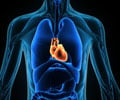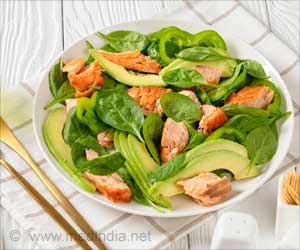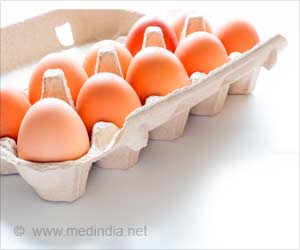A new study has shown that tart cherries may help reduce inflammation, potentially lowering the risk of type 2 diabetes and cardiovascular disease.
Tart cherries not just offer good taste, for a new study has shown that the fruits may help reduce inflammation, potentially lowering the risk of type 2 diabetes and cardiovascular disease.
The study, conducted on rats, revealed that rats that received whole tart cherry powder mixed into a high-fat diet didn’t gain as much weight or build up as much body fat as rats that didn’t receive cherries.The blood showed much lower levels of molecules that indicate inflammation linked to heart disease and diabetes and also significantly reduced blood cholesterol levels and triglycerides than other rats.
The obese rats that received cherry powder were less likely to build up fat, a factor associated with cardiovascular disease.
All the measures on which the two groups of animals differed are linked to cardiovascular disease and Type 2 diabetes.
’These new findings are very encouraging, especially in light of what is becoming known about the interplay between inflammation, blood lipids, obesity and body composition in cardiovascular disease and diabetes,’ said Dr Steven Bolling, a U-M cardiac surgeon.
"The fact that these factors decreased despite the rats’ predisposition to obesity, and despite their high-fat ’American-style’ diet, is especially interesting," he added.
Advertisement
They were given either a cherry-enriched diet in which cherries made up 1 percent by weight, or a diet that contained an equivalent number of carbohydrates and calories for 90 days.
They found that TNF-alpha was reduced by 50 percent in the lean rats and 40 percent in the obese rats and IL-6 was lowered by 31 percent in the obese rats and 38 percent in the lean rats.
However, it’s still far too early to know whether tart cherries will have the same effect in humans, the researchers said.
The University of Michigan researchers are preparing to launch a pilot-phase clinical trial later this spring.
The study was presented at the Experimental Biology 2008 meeting in San Diego.
Source-ANI
SPH/L











